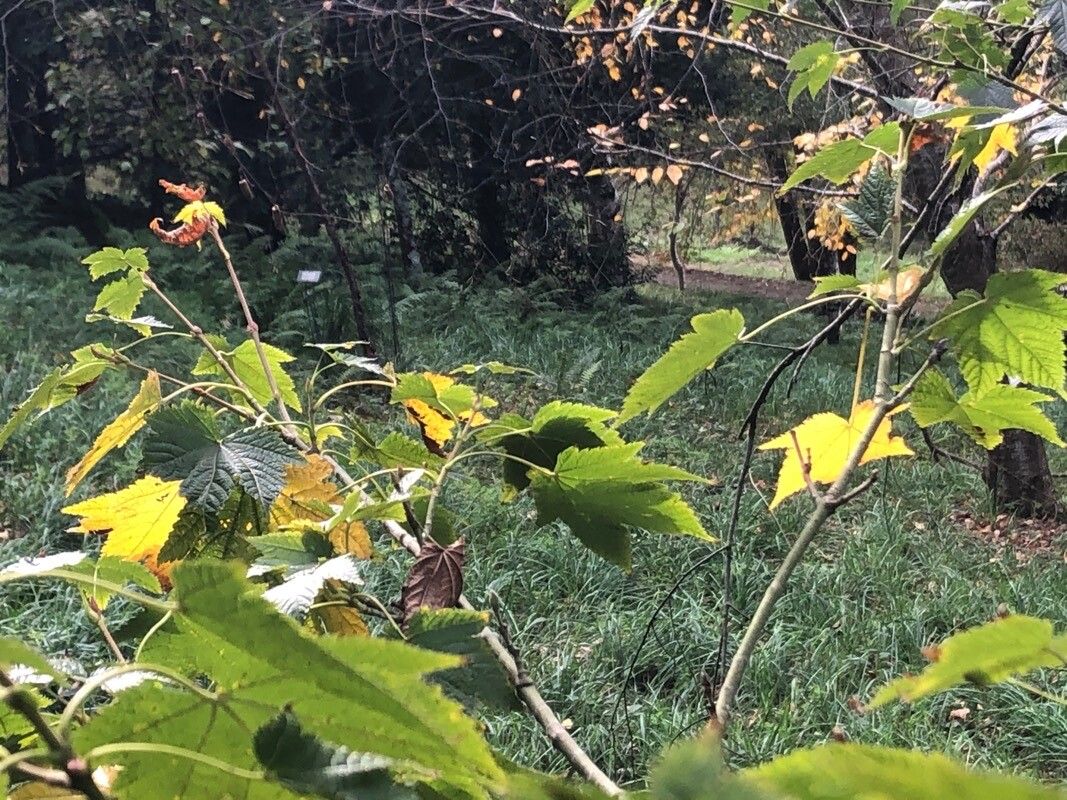How to Propagate Acer campbellii
The crimson blush of a Himalayan maple’s spring bloom—a fleeting promise whispered on the wind—is the reward for a long winter’s patience. Tiny seeds, each a potential giant, hold the key, but their slumber is deep. Stratification, a mimicry of mountain snows, is the coaxing hand that awakens them. The damp chill of the refrigerator, the careful sowing into fertile earth—these are rituals, a dance with nature’s stubborn heart. Uneven germination, the threat of fungal shadows, tests resolve. Yet, each emerging sprout, a vibrant spear of green pushing through the darkness, is a victory hard-won, a testament to perseverance, a glimpse of future majesty.


